Green Tea is very popular in southern China and is a type of tea that many people enjoy drinking. Its brewing methods vary depending on the type of tea and the region. Here are some general points for daily home brewing and drinking green tea.
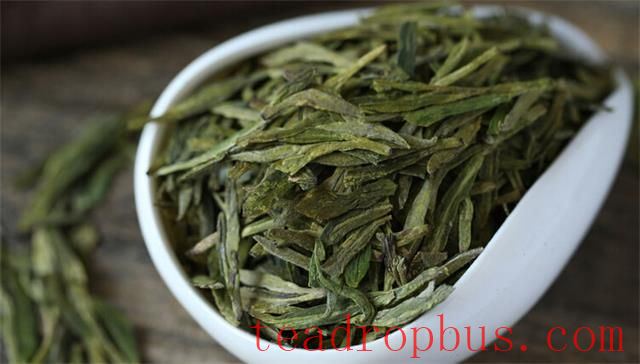
Three Methods of Brewing Green Tea
(One) Top-Placement Method
The top-placement method is suitable for tightly rolled, fine, and heavy green teas such as Xinyang Maojian and Biluochun.
Step 1: Pour hot water at 80°C-90°C into the cup to about 70-80% full.
Step 2: Add 3-5 grams of green tea leaves.
Step 3: The tea leaves will sink and begin to unfurl slowly.
Step 4: Wait until the tea reaches the desired strength before drinking, refill halfway through.
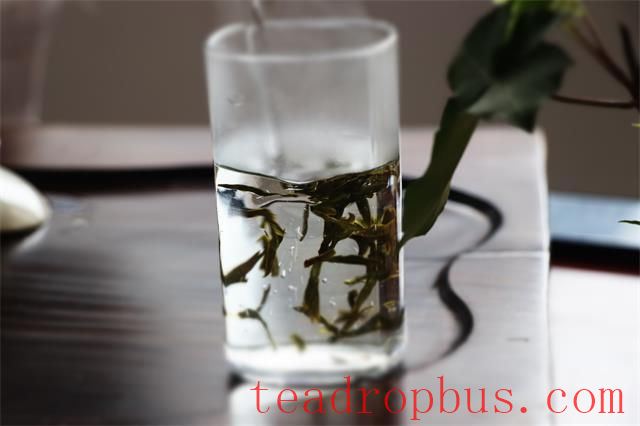
(Two) Middle-Placement Method
The middle-placement method is more suitable for flat or slightly loose leaf teas, such as West Lake Longjing and Huangshan Maofeng.
Step 1: Pour warm water into the cup up to about one-third full, then add 3-5 grams of green tea leaves.
Step 2: Hold the cup with both hands and gently rotate it. Let the green tea absorb the water and unfurl, then fill the cup to about 70-80% full.
Step 3: Once the green tea leaves have fully sunk, it is ready to drink.
(Three) Bottom-Placement Method
The bottom-placement method involves adding the tea first before pouring water, which is the most common way to Brew tea. This method allows the tea to unfurl quickly, making its inner contents easily released and the aroma fully developed. It is particularly suitable for coarser leaf shapes like Hou Kui and Guapian. Gaiwans and purple clay teapots typically use this method for brewing.
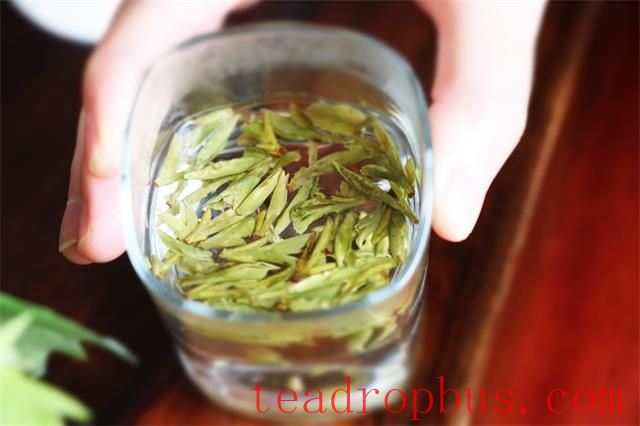
Methods of Drinking Green Tea
1. Porcelain Cup Brewing
Porcelain cups are suitable for drinking mid-to-high grade green teas, such as stir-fried green teas (grades 1 and 2), round green teas, oven-dried green teas, and sun-dried green teas, emphasizing taste and enjoyment or simply quenching thirst. Generally, observe the color, aroma, and shape of the tea before brewing. You can use the “middle-placement” or “bottom-placement” method and brew with near-boiling water (95–100°C). Cover the cup to prevent the aroma from escaping and keep the water temperature, allowing the tea to unfurl and sink to the bottom of the cup. After 3-5 minutes, remove the lid, smell the tea's aroma, taste it, and judge the concentration of the tea infusion. Drink until it is about half finished and then refill. This brewing method is convenient for serving guests or drinking during work hours.
For the cup brewing method, the ratio of tea to water varies according to personal taste, but generally, 3 grams of tea per 200 milliliters of water is considered appropriate. Those who prefer stronger tea can add a little more tea, while those who prefer lighter tea can add less.
2. Teapot Brewing
Teapot brewing is generally not recommended for delicate and highly prized green teas because too much water makes it difficult to cool down, potentially stewing the tea and causing it to lose its fresh fragrance. Teapot brewing is suitable for medium-to-low grade green teas, which contain more fiber and are more durable, resulting in a stronger tea flavor. To brew, clean the teapot, add green tea, and pour boiling water to the brim. After 3-5 minutes, pour the tea into cups for drinking. When there are many people Drinking Tea, using the teapot brewing method is better because it focuses on quenching thirst rather than appreciating the tea. Some regions add sugar to the green tea to show hospitality and symbolize sweetness.
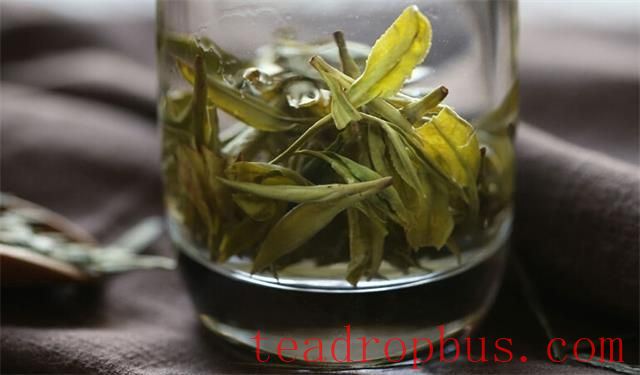
3. Glass Cup Brewing
Glass cups are suitable for drinking delicate and highly prized green teas, allowing you to fully appreciate their appearance and quality.
Before brewing, admire the dry green tea's color, aroma, and shape. Take a cup's worth of tea and place it on a clean, odorless sheet of paper to observe its shape. Depending on the variety, the tea may be in the form of strands, flats, spirals, or needles. Observe the craftsmanship of the tea and inspect the colors, which may range from bright green to deep green or yellow-green, or be covered with fine hairs. Smell the tea to detect aromas of cream, chestnuts, pan-frying, or indescribable fresh tea fragrance. Savor the natural charm of various teas from different regions, a process known as “admiring the tea.” Then proceed to brew the tea.
Benefits of Drinking Green Tea
1. It has anti-aging effects, as tea polyphenols are good antioxidants and can help clear free radicals. They also have benefits for cardiovascular health by influencing fat metabolism.
2. It helps prevent cancer and has anticancer properties. Tea polyphenols can inhibit the synthesis of carcinogens like nitrosamines and kill cancer cells while boosting the immune system. Green tea can also help inhibit and fight viruses, effectively suppressing and killing pathogens.
3. It has skin care benefits. As tea polyphenols are water-soluble substances, washing your face with them can help remove facial oils. Green tea can also help refresh the mind.
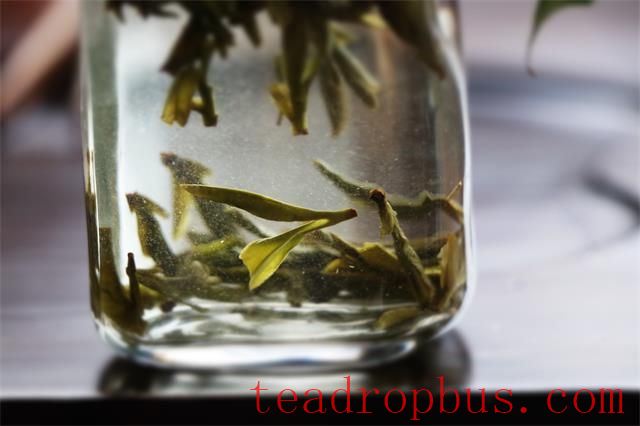
Best Time to Drink Green Tea
1. The best time to drink green tea is in the morning, as it can stimulate the appetite and refresh the mind. Ideally, drink it an hour before or after meals, and two hours before bedtime.
2. Drinking green tea before bed may cause insomnia, so remember not to drink it right before or after meals, on an empty stomach, or with aged tea. Avoid drinking hot or strong tea; although drinking green tea in the morning can stimulate the appetite and refresh the mind, it should be consumed at least half an hour to an hour after breakfast.
3. Drinking green tea an hour before a meal is preferable. Drinking green tea immediately after eating can cause the tannins in the tea to bind with iron in the food, forming insoluble iron salts that reduce iron absorption, which over time can lead to anemia.